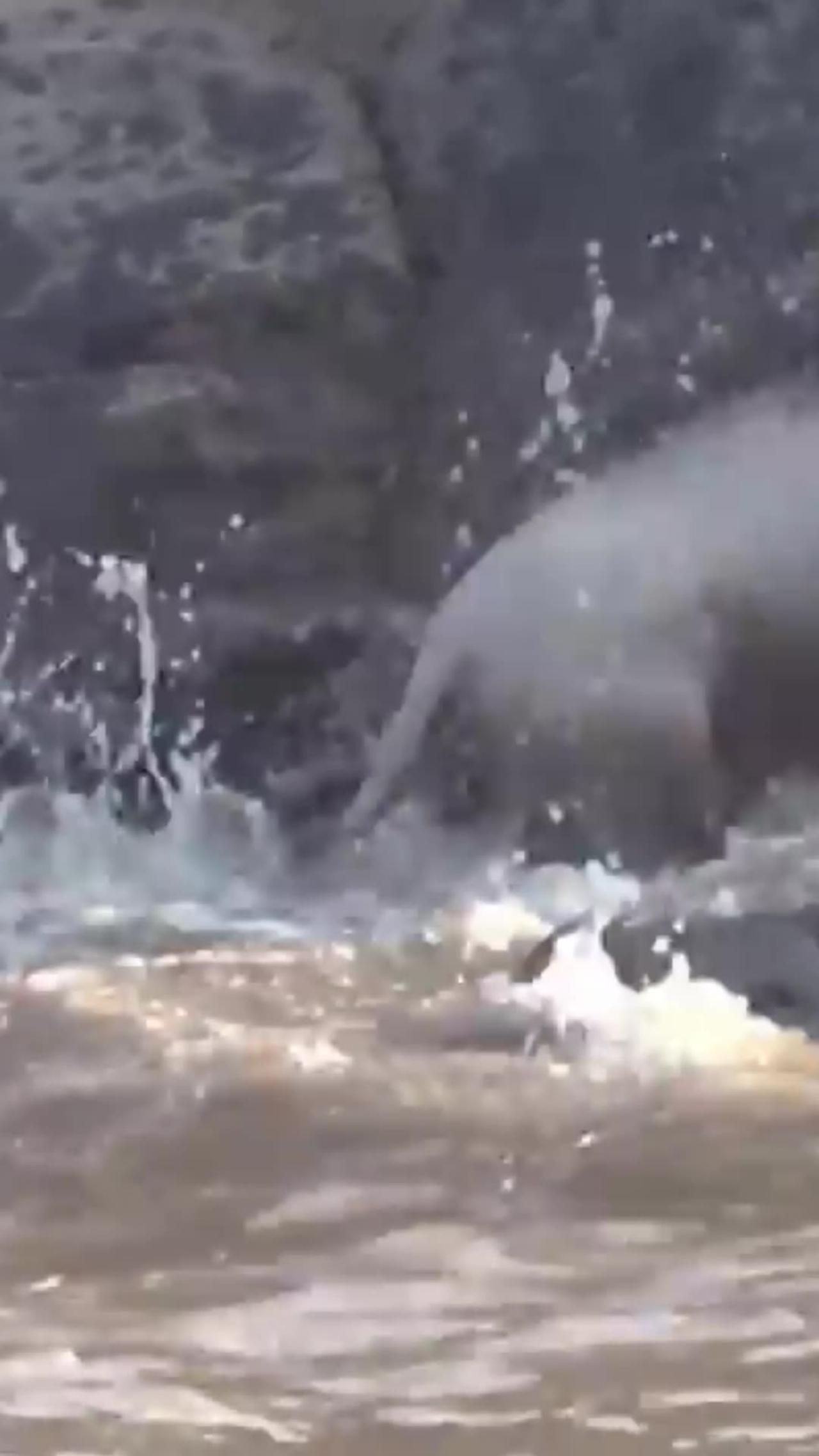
A crocodile's powerful grip on its prey, such as a wildbeest crossing a river, stems from its specialized anatomy and hunting strategy.
Once it clamps down with its formidable jaws, designed to hold on with tremendous force, its muscles and tendons automatically engage in a reflexive lock.
This locking mechanism is involuntary, ensuring that even if the crocodile momentarily relaxes, the grip remains tight.
Moreover, the crocodile's serrated teeth interlock like a trap, making it incredibly difficult for the prey to escape.
This combination of muscular strength, tendon reflexes, and tooth structure makes it nearly impossible for a wildbeest to break free once ensnared, allowing the crocodile to secure its meal with unwavering tenacity.
